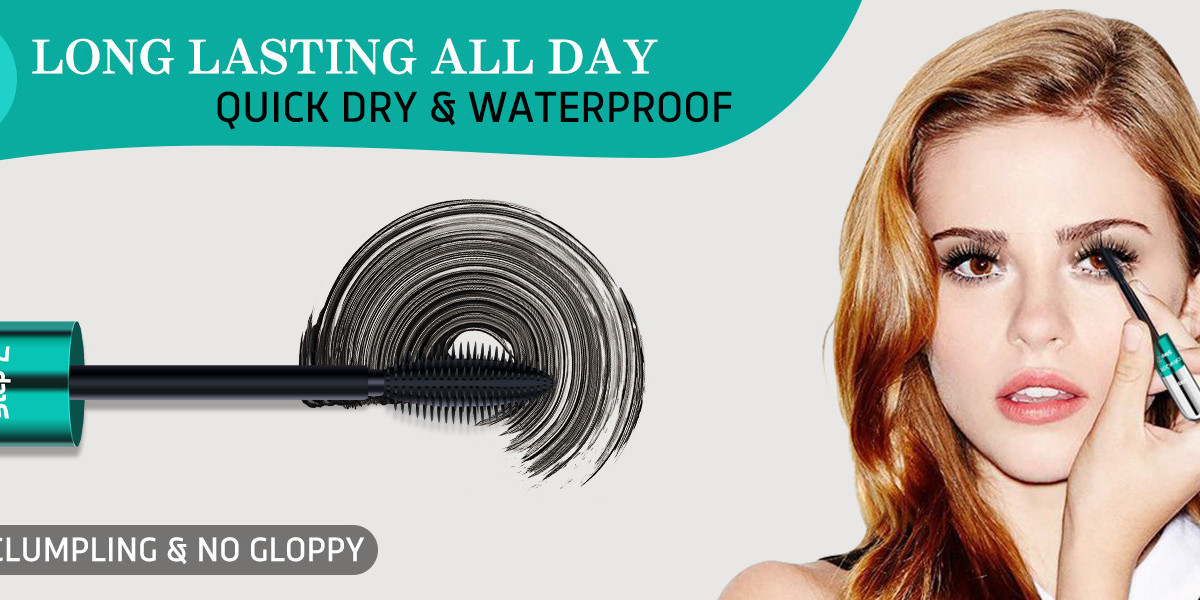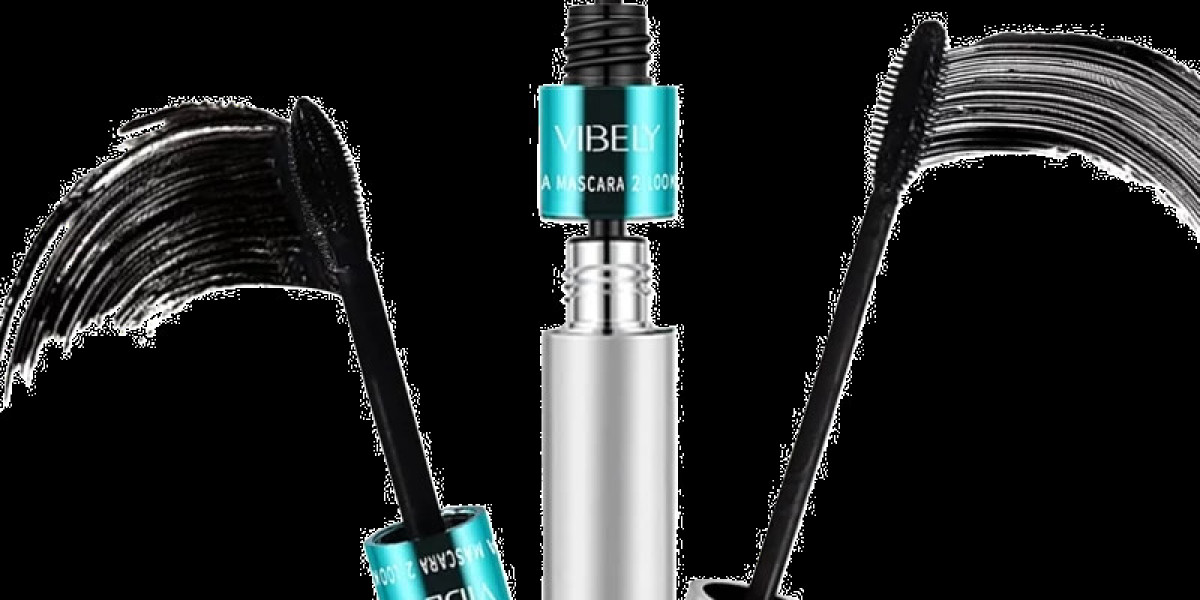Introduction
The search for novel supplies with antibacterial properties is of great significance in the sector of biomedical analysis. Silver has long been identified for its antibacterial properties, and a lately developed material called máscara silver has proven promise as a brand new antibacterial materials. In this article, we will focus on the properties of máscara silver, its potential applications in the biomedical field, and future research instructions.
Properties of Máscara Silver
Máscara silver is a silver-primarily based material that has been engineered to have enhanced antibacterial properties. It's made by coating a substrate with a skinny layer of silver nanoparticles, that are identified to exhibit strong antibacterial exercise. The nanoparticles are usually deposited utilizing a way such as sputtering or chemical vapor deposition, which permits for precise control over the thickness and distribution of the silver layer.
One in every of the key benefits of máscara silver is its high floor area-to-quantity ratio, which allows for a greater variety of silver nanoparticles to come into contact with micro organism. This enhanced contact results in elevated antibacterial activity, making máscara silver an efficient material for killing a wide range of micro organism, together with antibiotic-resistant strains.
Along with its antibacterial properties, máscara silver also exhibits wonderful biocompatibility, making it appropriate for use in biomedical functions. It has been proven to have low cytotoxicity and minimal inflammatory response in vitro and in vivo research, indicating that it is nicely-tolerated by living tissues.
Applications of Máscara Silver in Biomedical Research
The antibacterial properties of máscara silver make it an excellent material for a variety of biomedical applications. One potential use is in the event of antibacterial coatings for medical gadgets, similar to catheters, implants, and dressings. By incorporating máscara silver into the floor of these units, the chance of bacterial infection may very well be considerably decreased, improving affected person outcomes and reducing healthcare prices.
Máscara silver could also be utilized in wound dressings to stop infection and promote healing. Research have proven that silver nanoparticles can accelerate the wound healing course of by reducing inflammation and selling the growth of new tissue. By incorporating máscara silver into wound dressings, healthcare providers may supply their patients a simpler treatment option for wounds of every kind.
Another potential software of máscara silver is in the event of antibacterial textiles to be used in healthcare settings. By incorporating máscara silver into hospital gowns, bed linens, and other textiles, the danger of bacterial transmission may very well be reduced, leading to a safer healthcare atmosphere for patients and healthcare providers alike.
Future Directions in Máscara Silver Analysis
Although máscara silver reveals great promise as an antibacterial material for biomedical applications, there are nonetheless many questions that remain to be answered. One area of future analysis could concentrate on optimizing the properties of máscara silver, equivalent to its antibacterial exercise, biocompatibility, and stability.
Researchers may additionally explore the potential synergistic results of máscara silver with different antibacterial brokers, vibely Mascara reviews (onthelive.co.kr) corresponding to antibiotics or nanoparticles, to boost its antimicrobial properties. By combining máscara silver with other materials, researchers could possibly develop even more practical therapies for bacterial infections.
In conclusion, máscara silver is a novel antibacterial materials that shows great promise for a wide range of biomedical applications. Its excessive antibacterial activity, biocompatibility, and versatility make it a beneficial material for use in medical units, wound dressings, and textiles. Future research in this area could lead to new and revolutionary treatments for bacterial infections, serving to to enhance patient outcomes and reduce healthcare costs.



